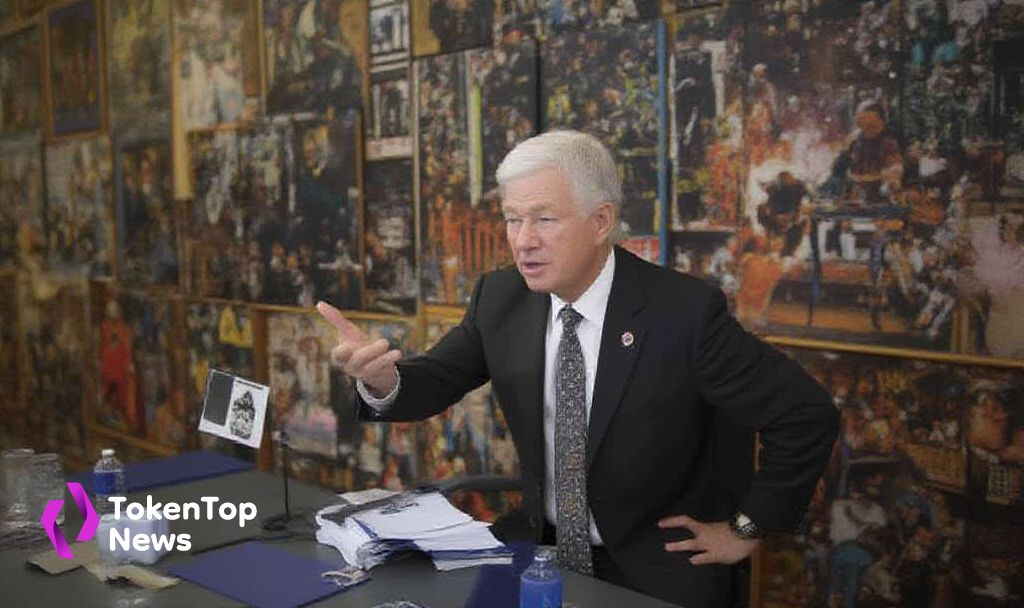US Payrolls Rise Amid Stable Unemployment, Job Growth Moderates
- Healthcare, transportation, marked increases; government, manufacturing declined.
- Market reaction was muted, minor USD index fluctuations.
- Revisions lower February, March jobs by 58,000 combined.

April’s report is crucial as it indicates a moderation in job growth compared to earlier months, affecting potential Federal Reserve policies and broader economic stability.
The U.S. Bureau of Labor Statistics reported that April saw the addition of 177,000 nonfarm payroll jobs, beating expectations of 130,000. However, this is a decline from the revised 185,000 jobs added in March. The unemployment rate remained steady at 4.2%, maintaining a consistent trend over the past year. Sectors driving this growth included healthcare, transportation, and financial activities, although federal employment saw a decrease.
“The April 2025 jobs report shows an addition of 177,000 nonfarm payroll jobs, exceeding expectations,” remarked the U.S. Bureau of Labor Statistics.
The report’s accuracy was adjusted with February’s and March’s payrolls revised downward by 15,000 and 43,000, respectively, totaling 58,000 fewer jobs than initially reported. These figures significantly alter previous economic forecasts. Despite positive additions, the US Dollar Index was initially buoyant before settling lower, reflecting cautious trader sentiment. The overall labor force participation rate saw a slight rise to 62.6%, indicating more Americans are engaging in the workforce. With average hourly earnings stable at 3.8%, wage growth remained consistent.
Looking ahead, Trading Economics predicts a slowdown with payrolls projected to reach 100,000 by Q2 2025. Long-term projections for 2026 and 2027 further expect declines, trending towards 170,000 and 150,000, respectively. Adjustments in Federal Reserve interest rates may arise, heavily influencing risk assets, including cryptocurrencies. These trends suggest a gradual cooling of the labor market, echoing post-pandemic economic recovery patterns. Additional factors include changes in key sectors’ employment contributions and socio-demographic employment stability. Adult men, women, and teenagers saw minimal changes in their unemployment rates, maintaining previous patterns. The consecutive months of revised downward trends raise questions about economic resilience and potential policy adjustments in the coming quarters.




